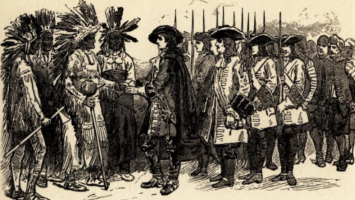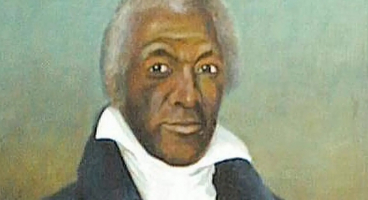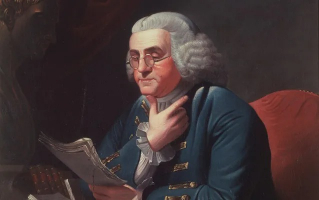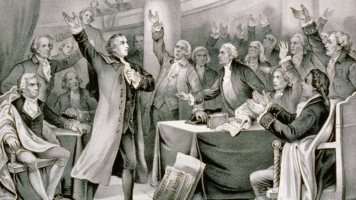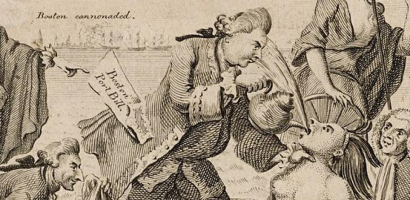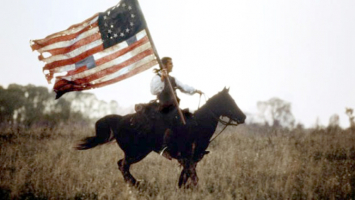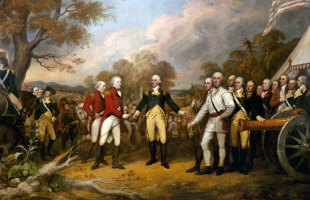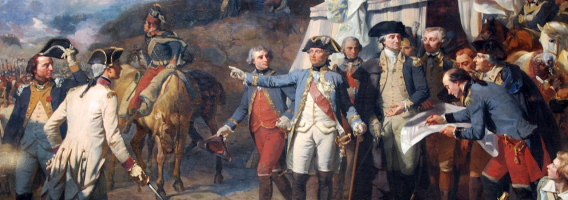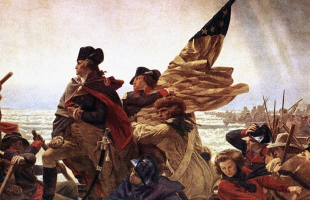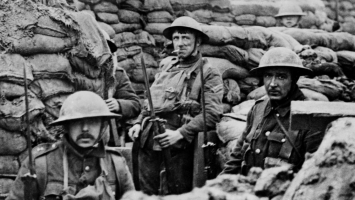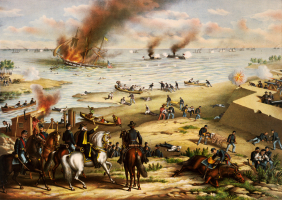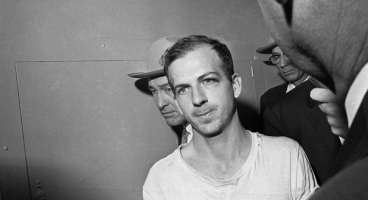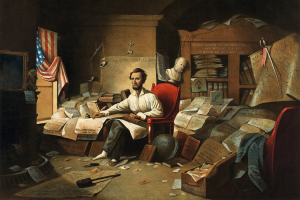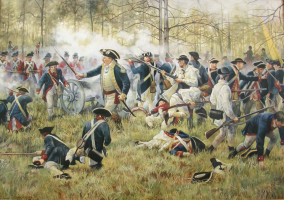Top 7 Facts about Black Patriots in the American Revolution
The American Revolution, also known as the Revolutionary War, arose from tensions between the residents of the United Kingdom's 13 North American colonies and ... read more...the colonial government representing Great Britain. The skirmishes between colonial militias and British troops at Lexington and Concord in April 1775 sparked armed conflict. With French help, the American Continental Army gained independence and forced the British to surrender at Virginia in 1781. This victory was achieved through the great contribution of the Black Patriots. They were African Americans who sided with the colonists against British rule during the American Revolution. Below is a list of the Facts about Black Patriots in the American Revolution that many readers do not know.
-
Patriotic leaders started recruiting free people of color to join the Continental Army in New England and other East Coast regions after the British recruited African-Americans to serve and support the cause in exchange for emancipation. In while, slaves in the North of the United States were attempting to flee the severe treatment they were receiving under American slavery. They so assumed that by enlisting, they would have a relatively lavish and social life, and thought that doing so would make their lives better. As a result, black patriots soldiers started participating as individuals in the Continental Army's several mostly white battalions.
The 1st Rhode Island Unit, commonly referred to as "Varnum's Continentals", was a Rhode Island-based Continental Army regiment. Because for a while it had many companies of African-American soldiers, it was referred to as the "Black Regiment". Although it did not just have African Americans in its ranks, it is also regarded as the first African American military unit.
From October 1780 to November 1782, the 2nd Company of the Connecticut Continental Line's All Black, commanded by Captain David Humphreys, served in the Continental Army. Humphrey's Black Company then joined the command of the 3rd Connecticut Regiment on November 27, 1780. On January 1, 1781, this regiment and the 4th Connecticut regiment were merged into one and collectively known as the 1st Connecticut Regiment.
In short, one of the Facts about Black Patriots is that they served in the Continental Army in the American Revolution:
- After the British recruited African-Americans to serve and support the cause in exchange for liberation.
- They thought that by enlisting, they would have a better life.
- "Black Regiment" was also considered the first African-American military unit.
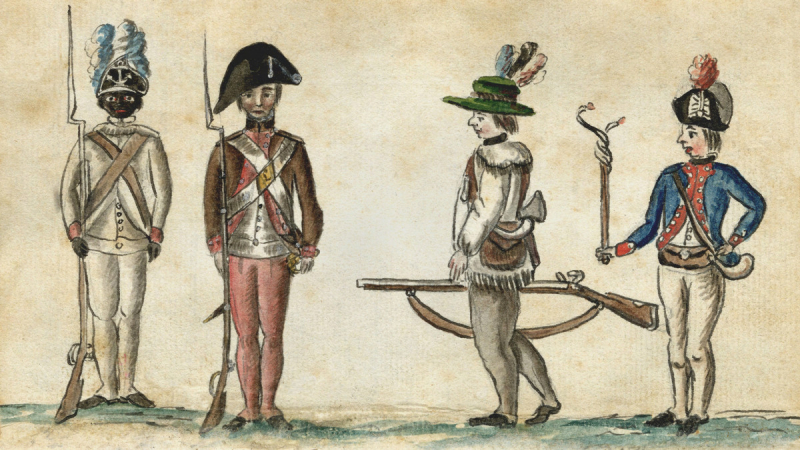
a black infantryman (far left) from the 1st Regiment of Rhode Island that had the largest number of black Patriots in the Continental Army - Photo: history.com 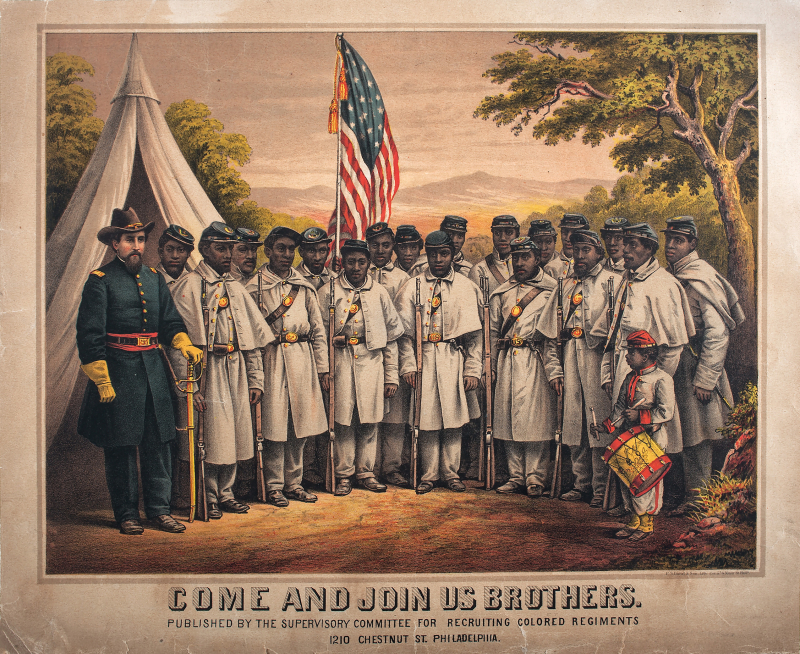
A black regiment in the Continential Army - wikipedia.org -
Although it is generally acknowledged that there were about 5,000 black sailors and soldiers fighting for freedom, it is difficult to determine the exact number.
The number of black troops in General George Washington's main army's fifteen brigades was tallied on August 24, 1778, upon the return of black patriots to the army. As a result, there were about 800 African-Americans among the almost 21,000 ranks (corporal and private) of the army, in addition to drummers and hunters. Although the regiments from Rhode Island, New Jersey, South Carolina, or Georgia are not included in this document, it does give a general picture of the number of black patriots at a specific period and location. 4 percent of all soldiers may have been black, according to some estimates.
A quarter of Washington's army was black, upbeat, self-assured, and robust, according to a July 1781 report by Baron Ludwig von Closen on the Continental Army at White Plains, New York. 1,050 Black troops made up about 25% of the 4,200 total soldiers in all of New England's regiments. However, based on the number of units that were returned, it is estimated that black patriots made up 29% of the force of the New England regiment (which means 75% of the Rhode Island regiment). This is due to the probable increase in the number of Black soldiers in the years following the war.
In sum, the number of black patriots serving in the military is immense:
- According to statistics in 1778, about 800 African-Americans were among the almost 21,000 ranks of the army.
- Baron Ludwig von Closen's 1781 report on the Continental Army at White Plains, New York, 1,050 Negroes made up about 25% of the 4,200 men in the New England regiment.
- However, based on the number of units returned, black patriots made up 29% of the New England regiment's force due to the increase in troop numbers after the war.
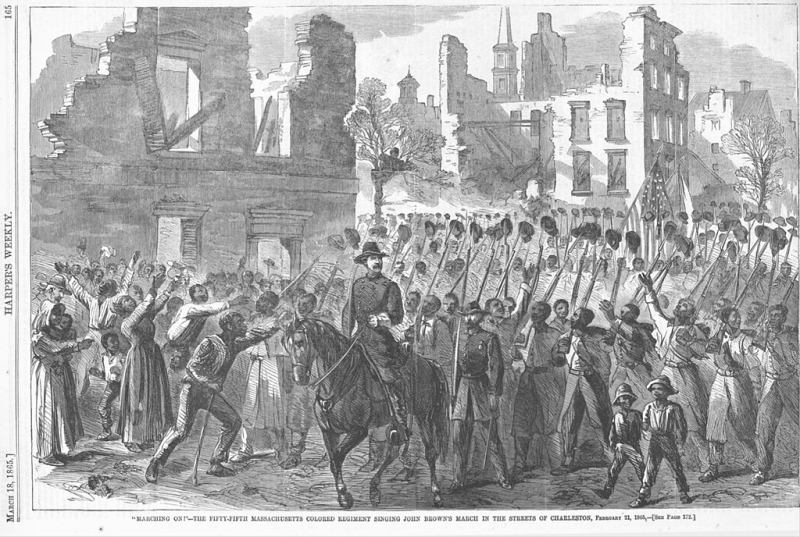
wikipedia.org 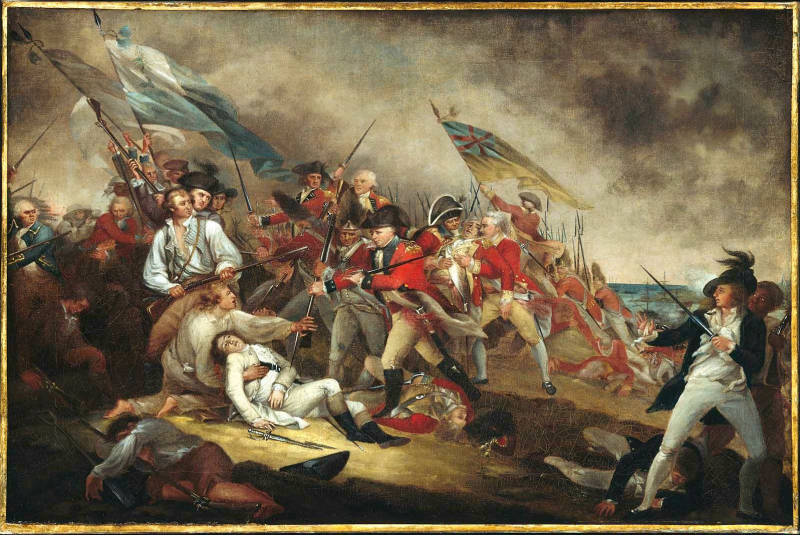
npr.org -
Black Patriots included women who served in the American Revolution. They joined the army and always battled for recognition and the opportunity to carry out valuable tasks and receive the same rations as males regardless of their skin tone.
Among the many anonymous women who have served, we know Sarah, a Mulatto slave who, along with her six-year-old son, bravely joined the 1st Maryland Regiment in 1778. Another black woman, Hannah Till, was enslaved in the military family of General George Washington. Then at the end of 1778, she demanded her freedom and decided to join the army from 1776 to 1780.
One of the most famous women in the black patriot community was Phillis Wheatley. Born circa 1753 in The Gambia, Africa, Wheatley was taken to America by slave traders in 1761 and sold to the Wheatley family in Boston, Massachusetts. As a poet, Phillis Wheatley supported black patriots throughout the American Revolution, but she was never pro-slavery. Wheatley has sent several letters on the freedom to the clergy and other people. At the height of her creative career, she penned a well-received poem honoring George Washington's selection as commander of the Continental Army because Wheatley thought that the greatest obstacle stopping the colonists from exhibiting genuine courage was slavery.
To conclude, Black Patriots included women who served in the American Revolution such as:
- Sarah, a Mulatto slave
- Hannah Till
- Phillis Wheatley
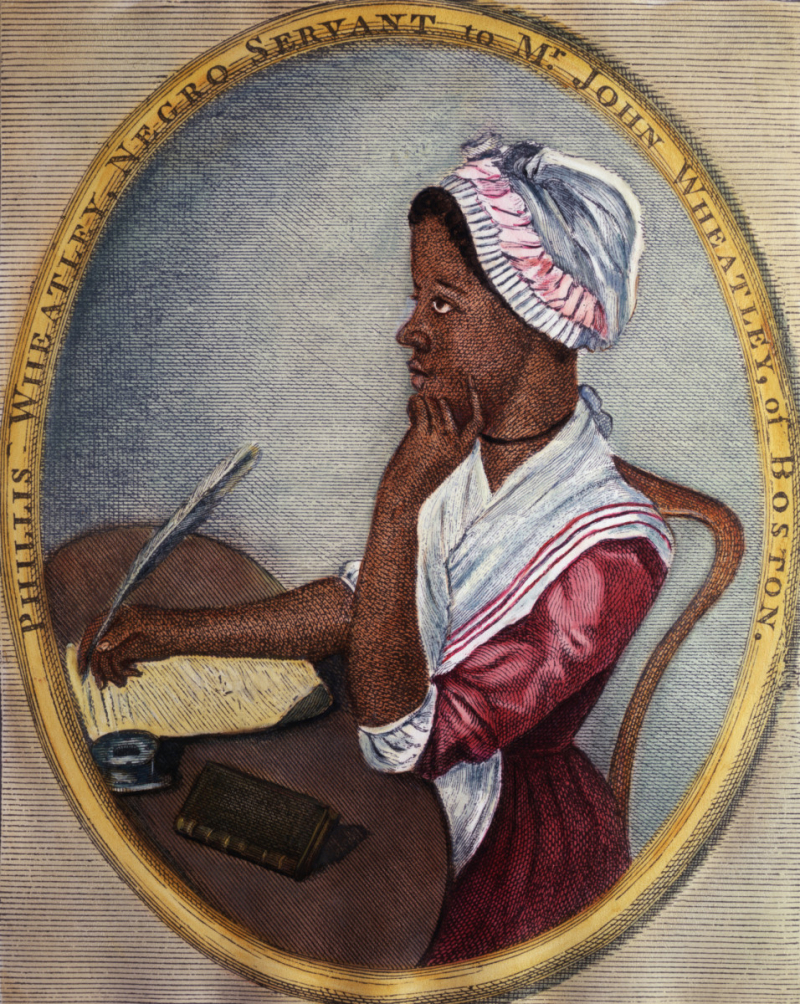
Phyllis Wheatley - history.com HISTORY -
The U.S. government's treatment of free African Americans as second-class citizens and the enslavement of 90% of the nation's African-Americans is the main dividing line between white and black skin soldiers.
However, the black patriots were usually treated equally with the white army. For the most part, soldiers of color, both African-American and Native American, enjoyed the same benefits as white soldiers, including pay, food, clothing, and equipment. Furthermore, both the black patriots who joined the army and the white soldiers endured hardship together during times of food scarcity and also enjoyed rare periods of bounty.
Only one instance of unfair treatment occurred, and that was when black troops were primarily prohibited from serving in any rank other than a drummer, mercenary, or private. Additionally, during the early years of the war, they occasionally appeared to be given work duties more frequently than white soldiers, but this began to change around the middle years of the battle.
In sum, black patriots who joined the army were treated equally as white soldiers:
- enjoyed the same benefits as white soldiers, including pay, food, clothing, and equipment.
- Black troops primarily served as drummers, mercenaries, or privates but this began to change around the middle years of the war.
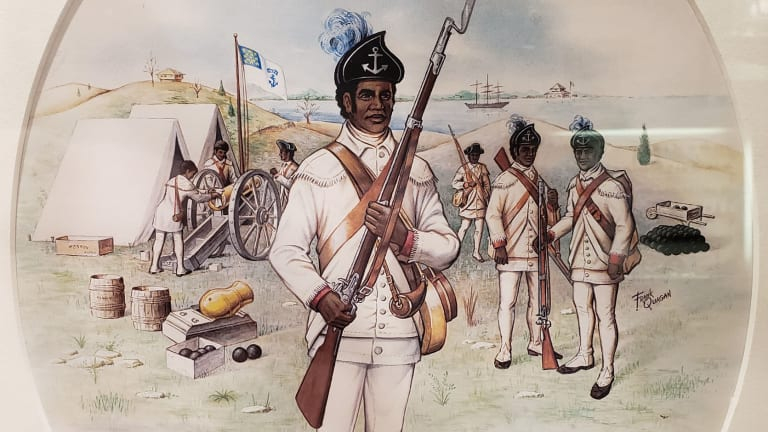
hisotry.com 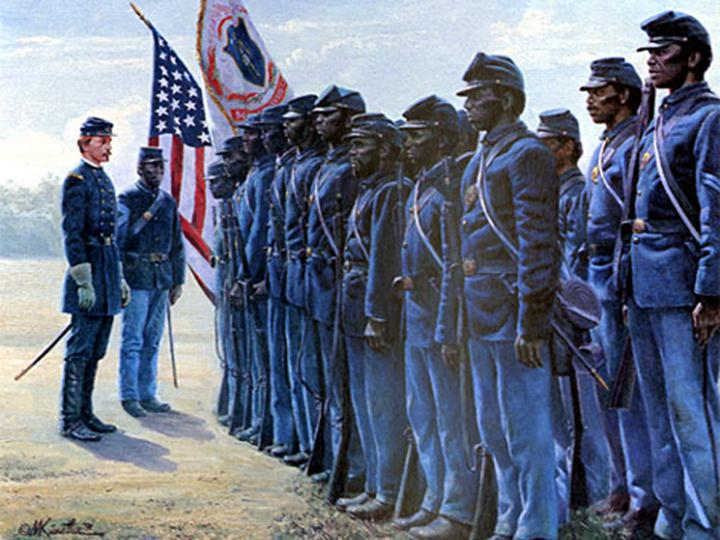
trained black patriot soldier - yesteryearnews.com -
General William Heath said of the American forces besieging Boston in October 1775: "There are various Regiments in Massachusetts, some of them young soldiers and old men, and some regiments include some blacks. The same was true of regiments from other colonies; Connecticut had fewer black members but several Indians, while Rhode Island had some black and some Indian members. The men from Connecticut, I think, are generally quite fatter than the men in either of the other two colonies. They make excellent comrades and are tremendously powerful and nimble, qualities I've always longed to see on the battlefield." Or 'The Negro can replace his master on the battlefield, hence you'll never find a regiment that does not have a lot of blacks, they're robust and burly,' a German commander wrote about the American Revolutionary army two years later.
The French general Rochambeau's camp aide, Baron Ludwig von Closen, wrote in July 1781, "I got the chance to view the American Army. It was painful to see these brave men, up close. Most of them are not even wearing socks, they're just wearing a pair of pants and a little linen jacket, yet they still appear unbelievably joyful and healthy. They composed of men of all ages, including fifteen-year-old children, white and black, unpaid and affluent, able to march as well and withstanding fire as consistently as so."
To conclude, black patriots were:
- great teammates and extremely strong, agile, and muscular.
- no socks, just a pair of pants and a small linen jacket, but still happy and healthy.
- march well and withstood fire stoutly.
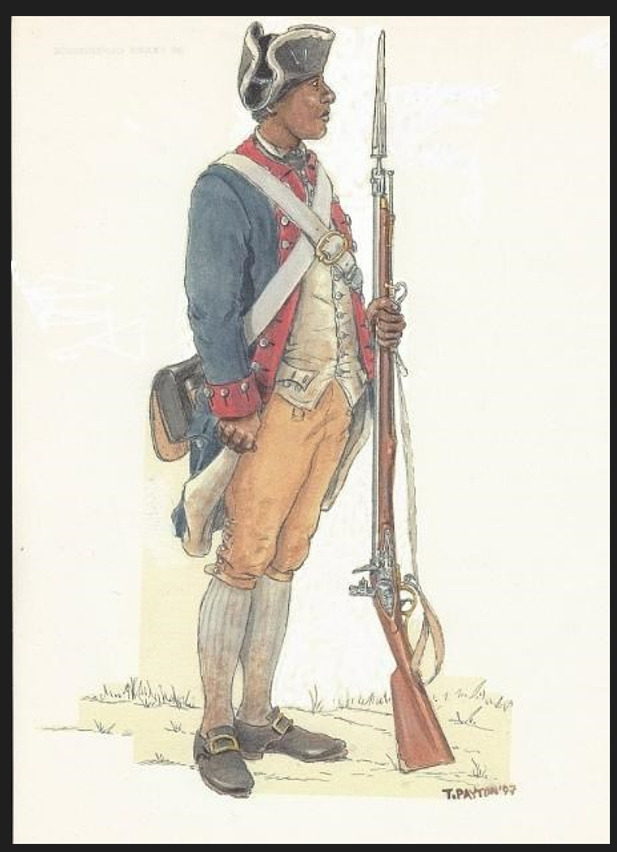
A black patriot - nps.gov 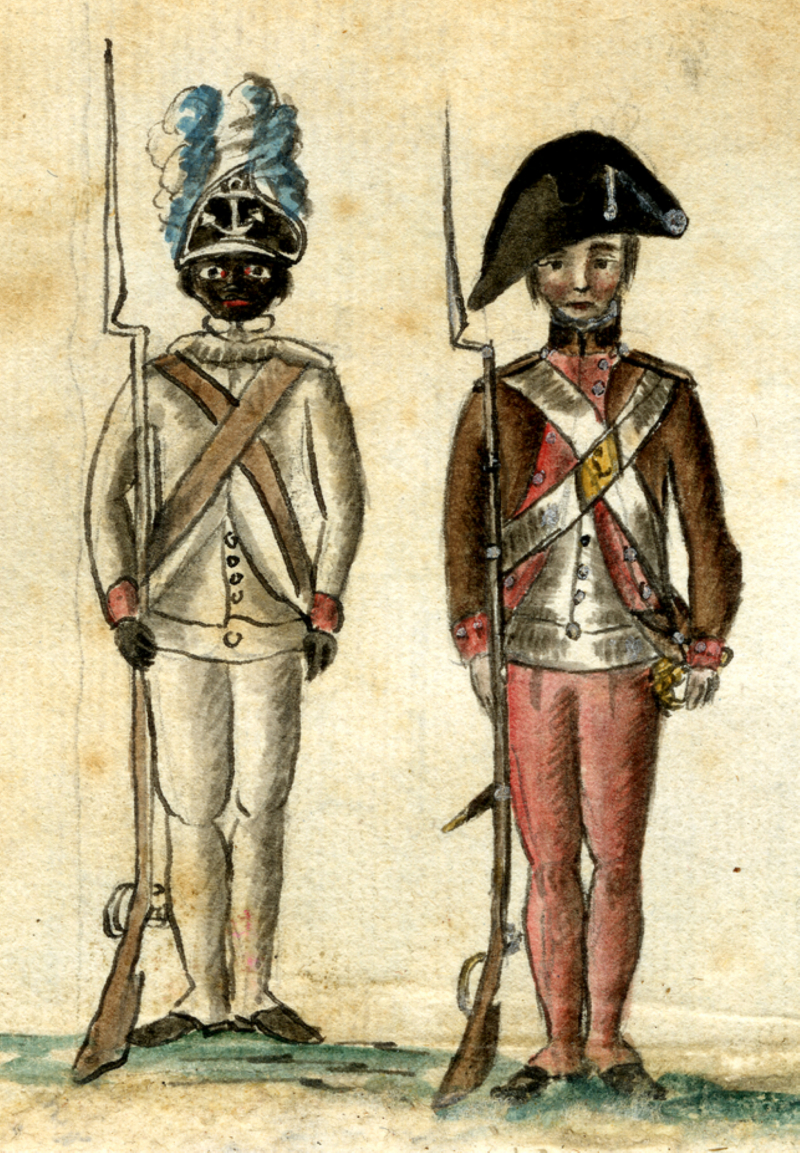
nps.gov -
Similar to its white and Native American troops, black soldiers frequently joined the Continental Army for similar reasons. Black patriots fought for national independence and hoped for a chance in their new country. Others, possibly a large number, decided to embark on the military experience with hopes of serving alongside their loved ones or friends. A few others were lured in part by the promise of enlistment incentives or monthly pay.
In addition, some people battled for their own freedom or the freedom of loved ones following the Declaration of Independence's goals. In actuality, one of the reasons that drove black patriots into the military was compelled military duty. Both white men and black men were occasionally required to join for a brief period of time in a Continental unit if they were on the militia list. While white people were occasionally compelled to serve in the military, enslaved African-Americans were frequently pressured or pushed into further duty by their masters. In particular, in New England, many African slaves were promised freedom in exchange for military service. Most of those promises were fulfilled, except for a few veterans who were enslaved.
In short, black patriots fought for many reasons:
- hopes of serving alongside their loved ones or friends
- the promise of enlistment incentives or monthly pay
- especially, the desire to live in a different nation motivated many people to fight for their country's independence.
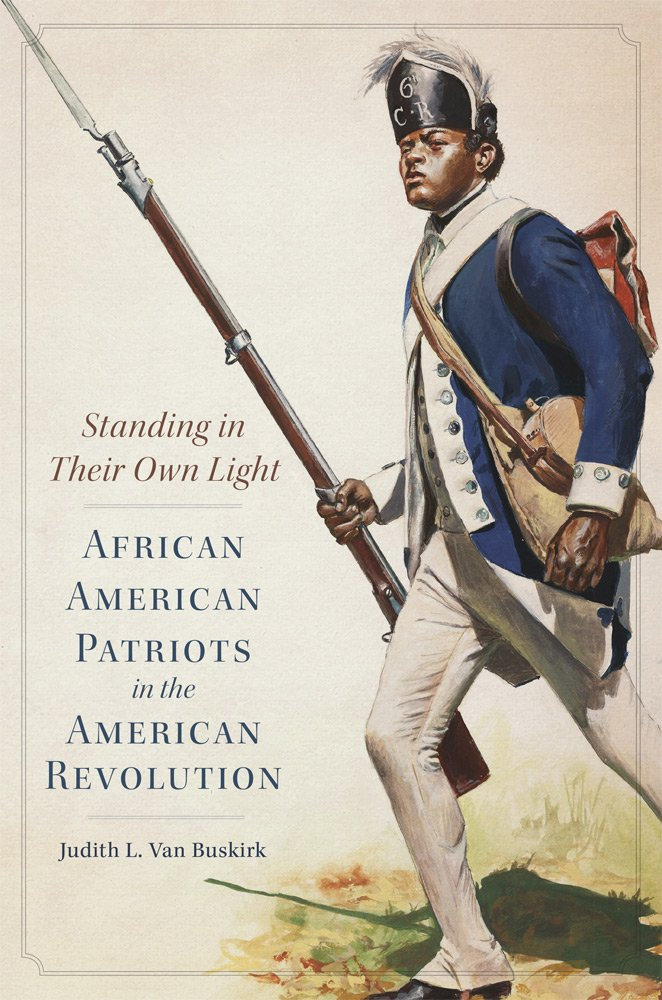
African-American Patriots in the American Revolution - audible.com Northeast Georgia History Center -
There are many proposals to build a national memorial in honor of the black patriots. In there, the National Liberty Monument is a planned national memorial that would be built in the nation's capital to memorialize the more than 5000 enslaved and free people of African heritage who fought in the American Revolutionary War as sailors or soldiers or who helped civilians. The memorial is the result of an unsuccessful attempt to build a memorial honoring Black Revolutionary War Patriots. Although this was approved in 1986, the memorial foundation was disbanded in 2005 due to poor fundraising efforts.
Congress subsequently gave the go-ahead for the National Liberty Monument's construction in January 2013. The site for a memorial honoring the more than 5,000 slaves and free African Americans who fought for independence in the United States was approved by the US House of Representatives in a joint resolution that was enacted on September 8, 2014. U.S. Revolution. This joint resolution authorized the construction of a memorial to pay tribute to the more than 5000 black soldiers, both slaves and free, who served in the American Revolution.
In sum, the National Liberty Monument was built in honor of black patriots:
- was approved in 1986, but was disbanded in 2005 due to poor fundraising efforts.
- In January 2013, National Freedom Memorial was reconstructed and approved by the United States House of Representatives.
- Its aim is to honor the more than 5000 black soldiers, both slaves and free, who served in the American Revolution.
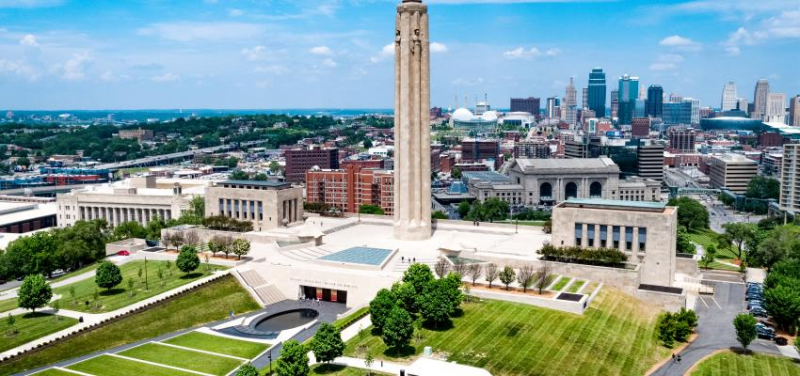
statesman.com 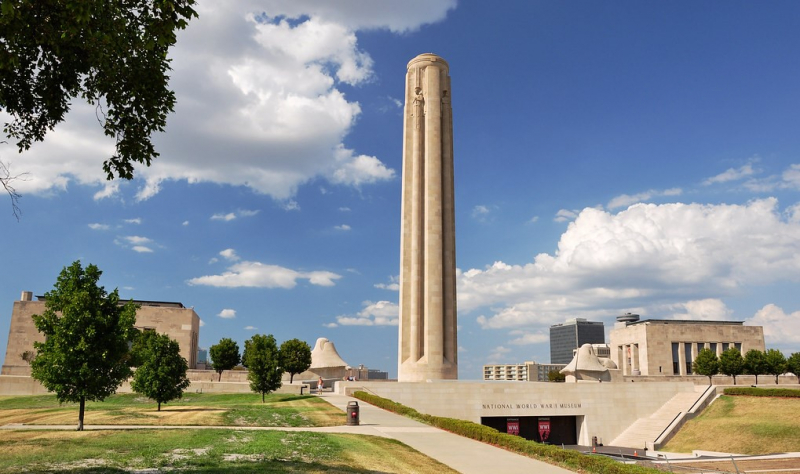
flickr.com









